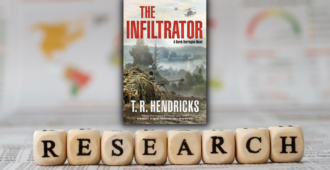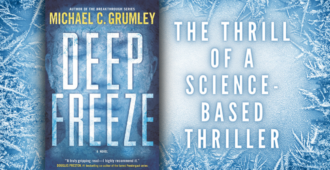More than thirty years ago a young scientist by the name of Amory Lovins argued that the U.S. had reached a crucial energy crossroads: the path we were taking guaranteed an ever-increasing demand for and reliance on nuclear fission and dirty fossil fuels.
Lovins warned that burning coal to produce electricity would double the atmospheric carbon dioxide concentrations by early in the next century—THIS CENTURY. Unless something changed, we were headed for a possible alteration in the global climate that could become practically irreversible.
Lovins called this road the “Hard path,” and proposed an alternative which he called the “Soft path.” Renewable energy–sourced from the sun and the wind–along with conservation and new, energy-efficient technologies, would bring about a cleaner, healthier environment. The energy wars of the near future could be avoided.
But the U.S. and rapidly emerging economies, such as those of China and India, continue to race down the hard path, heading for an abyss at the bottom of which might lie the extinction of all mammalian life on the planet.
So what’s to be done? Nuclear energy can be dangerous—witness the recent meltdown in Japan. A partial solution, of course, would be to design site-specific nuclear plants.
Wind power generators can be an unsightly blight on the landscape, noisy, and inefficient.
Solar power is still in its infancy—and the sun doesn’t shine 24 hours per day. One solution would be to place solettas—gigantic sails—in geo-synchronous orbits to catch sunlight and direct the power back to earth in the form of microwave beams.
Petroleum and natural gas now fill a little more than 20 percent of the U.S. energy needs, but continuing to rely on these resources puts us at the mercy of foreign governments. And this, according to former Senator Byron Dorgan, could easily become a major security issue. Remember, for the most part, our military runs on petrochemicals.
Then there’s coal. There’s enough coal inside the continental U.S. alone to supply all of our predicted energy needs for the next four centuries.
Right now, nearly half of the electrical energy produced in the U.S. comes from coal. But burning coal produces more CO2 than all other energy sources combined.
What’s left? The ocean tides and wave actions—which show some promise. But even more important are the great ocean currents—the Gulf Stream in the Atlantic, the Agulhas along Africa’s coast, the Humboldt along the west coasts of north and South America, and others, including the Arctic Drift.
The Gulf Stream alone produces more than one hundred times the power needed by the entire planet, so tapping just one percent of it for electricity would solve the problem of greenhouse gas emissions, the danger of nukes, and the inefficiencies of wind and solar.
It’s possible that removing energy from the Gulf Stream and other ocean currents could modify the earth’s weather. By changing the distribution of heat between the tropical and polar regions, hurricanes and tropical cyclones and anti-cyclones might be controlled or at least mitigated.
The technology is fringe, but sound, and in my new thriller, Abyss, I wonder what the producers of fossil energy, the proponents of nuclear power, and the powerful forces whose goal is to generate massive amounts of money by maintaining the status quo, might do if such a project were ever to come to fruition. Sabotage, murder, or worse?
##
Abyss (978-0-7653-2410-8; $24.99) by David Hagberg released June 21, 2011, from Forge.
…………………………
From the Tor/Forge July newsletter. Sign up to receive our newsletter via email.
…………………………
More from our July newsletter:
- Got A Job in Magicland? By L.E. Modesitt, Jr.
- A Brief Interview with Rhiannon Frater
- Another Method by David Drake







